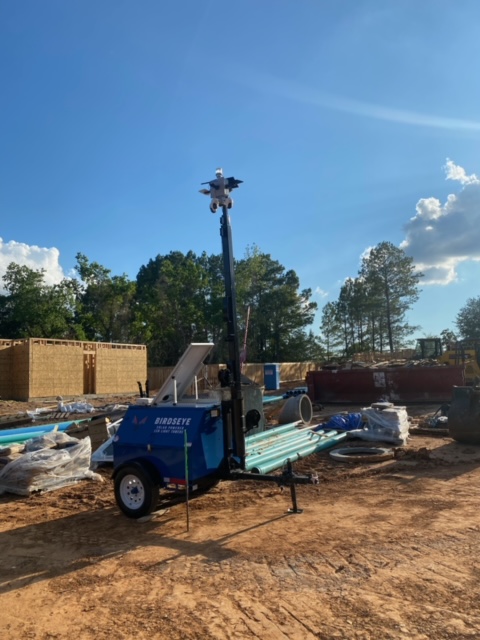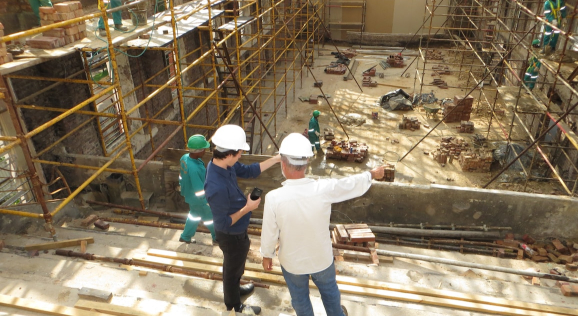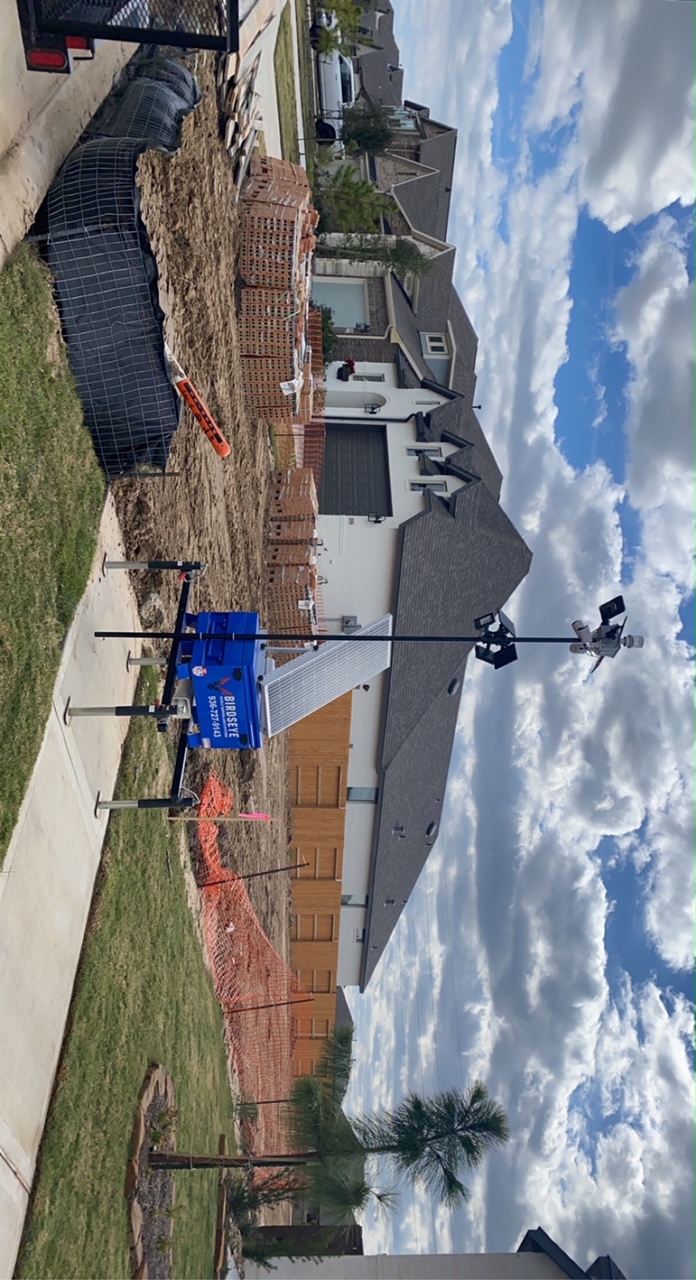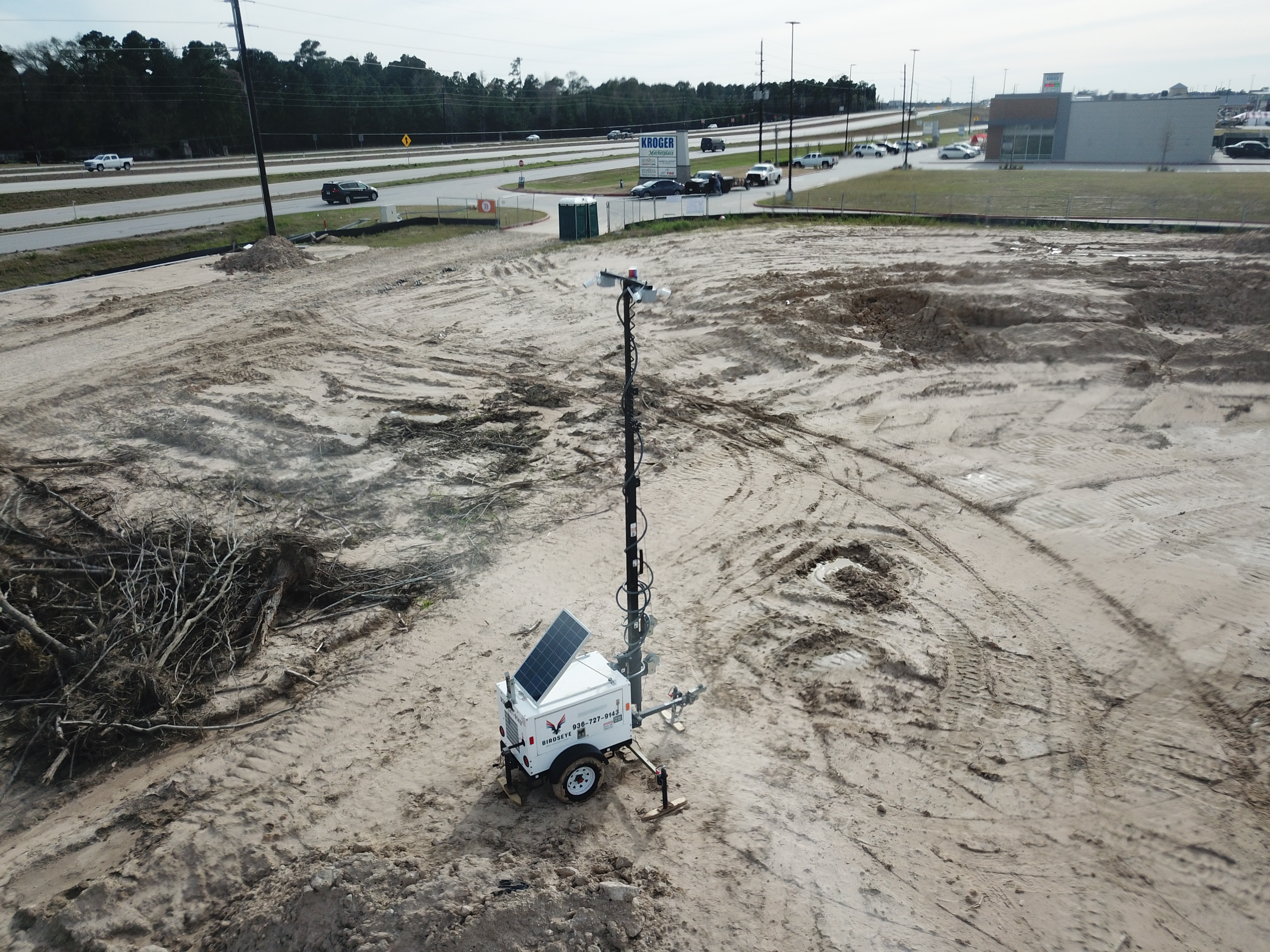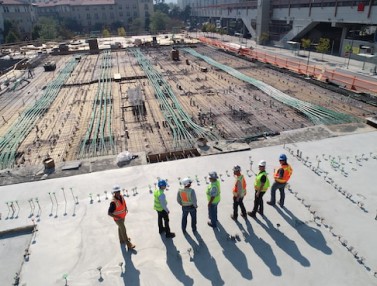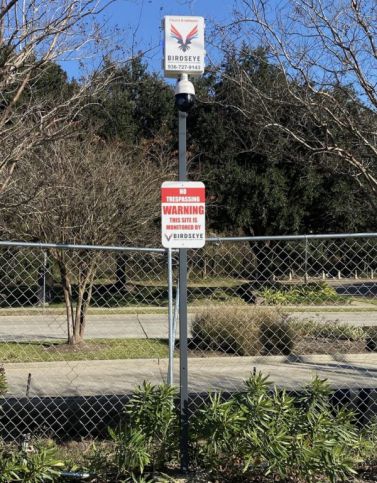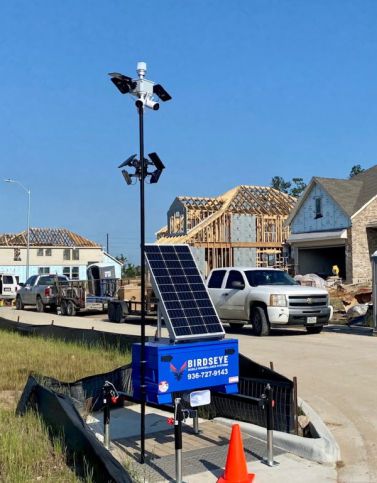Benefits to On Site Cameras for Manufacturing Facility Security
-
Improved Security: Cameras can help deter criminal activity and provide real-time surveillance of potential security breaches, ensuring that facilities, employees, and equipment remain safe and secure.
-
Enhanced Safety: Cameras can help to monitor and prevent accidents, such as slip and falls, and other safety hazards by providing real-time visual feedback to employees and management.
-
Reduced Liability: Cameras can help protect manufacturing facilities from false claims or lawsuits by providing video evidence of accidents, incidents, or other occurrences.
-
Increased Efficiency: With real-time video monitoring, manufacturing facilities can quickly identify and address operational inefficiencies, such as bottlenecks or equipment malfunctions, improving overall performance.
-
Better Quality Control: Cameras can help monitor production lines, ensuring that products are being made to the proper specifications, reducing the risk of defects and recalls.
-
Compliance: Cameras can help manufacturing facilities comply with industry regulations and safety standards by monitoring and recording compliance with safety protocols, including OSHA regulations and workplace safety rules.
-
Cost Savings: By providing real-time monitoring and tracking capabilities, cameras can help manufacturing facilities reduce costs associated with theft, damage, and inefficient operations.
-
Improved Facility Management: Cameras can help manufacturing facilities manage their facilities more effectively by providing real-time information about equipment status, inventory levels, and other critical data points.
-
Remote Monitoring: Cameras can be accessed remotely, allowing managers to monitor operations and address issues even when they are offsite.
-
Improved Collaboration: Cameras can be used to facilitate collaboration between different departments or teams, improving communication and productivity.
Overall, exterior cameras provide a range of benefits for manufacturing facilities, including improved security, safety, efficiency, and quality control, as well as cost savings and compliance with regulations.




